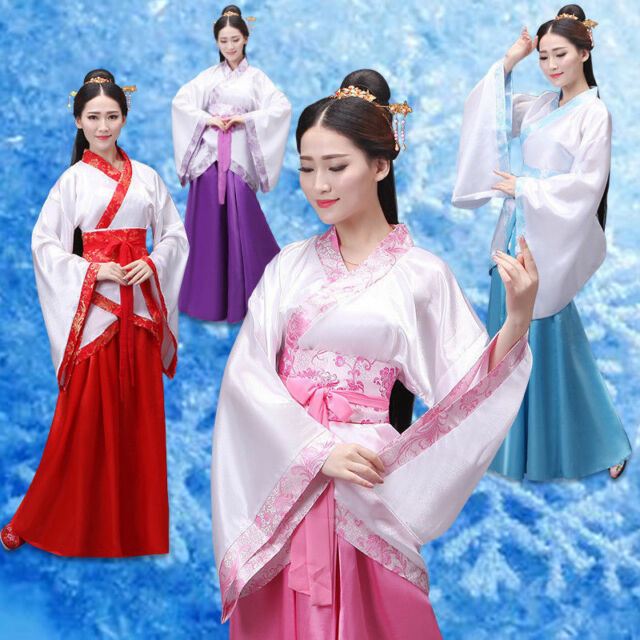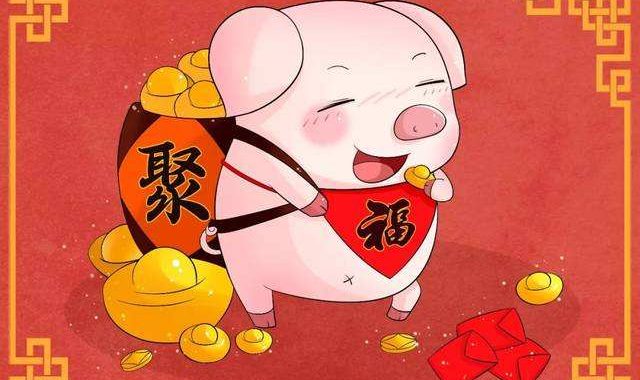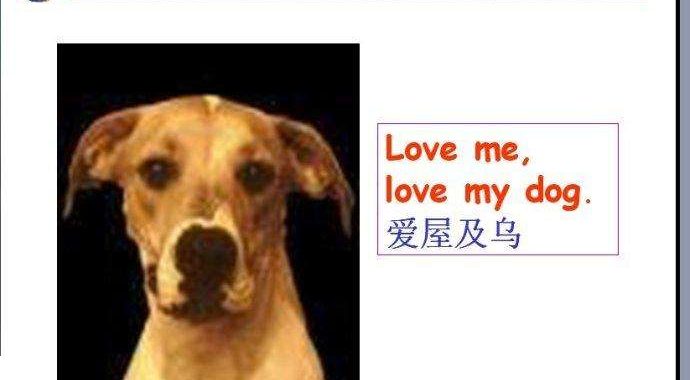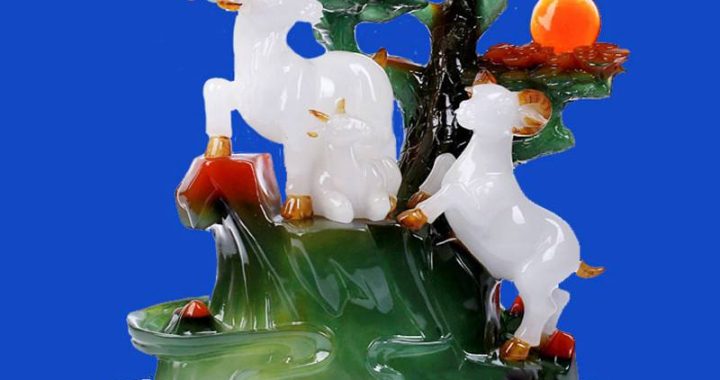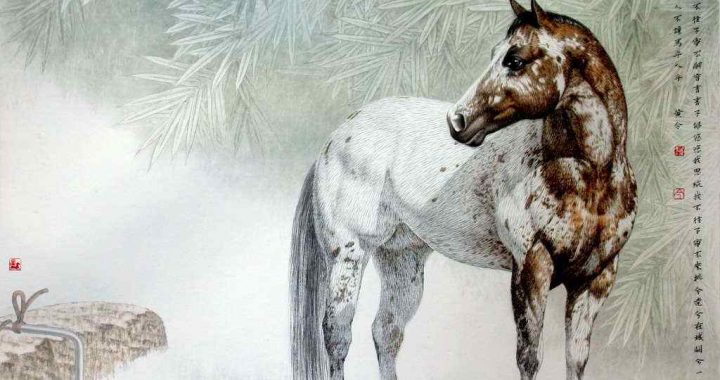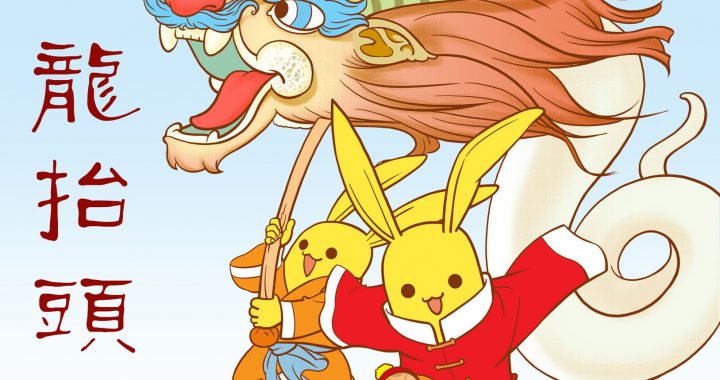Chinese Traditional Folk
3 min readAs an important part of Chinese folk customs,traditional folk entertainments consist of children games,intellectual games,athletic games,gambling games,seasonal games and festive activities.It is said that the card game,a game which enjoyed high popularity in the Tang and Song Dynasties,spread across Europe in the following Yuan Dynasty by the ambitious Mongolian cavalrymen during the period of Yuan’s territory expansion to Europe in the west.After absorbing foreign traditions and cultures,card games came back to China at the beginning of the 20th century.Now the game of cards,in a constant new guise,still prevails among Chinese.The process of this game’s development proves that entertainments and traditions are always handed down from generation to generation according to the transmission law of tradition.They mix with other cultures harmoniously and are in constant renovation.People have endowed traditional entertainments with vitality and,in return,are benefited by the relaxing and refreshing entertaining activities.
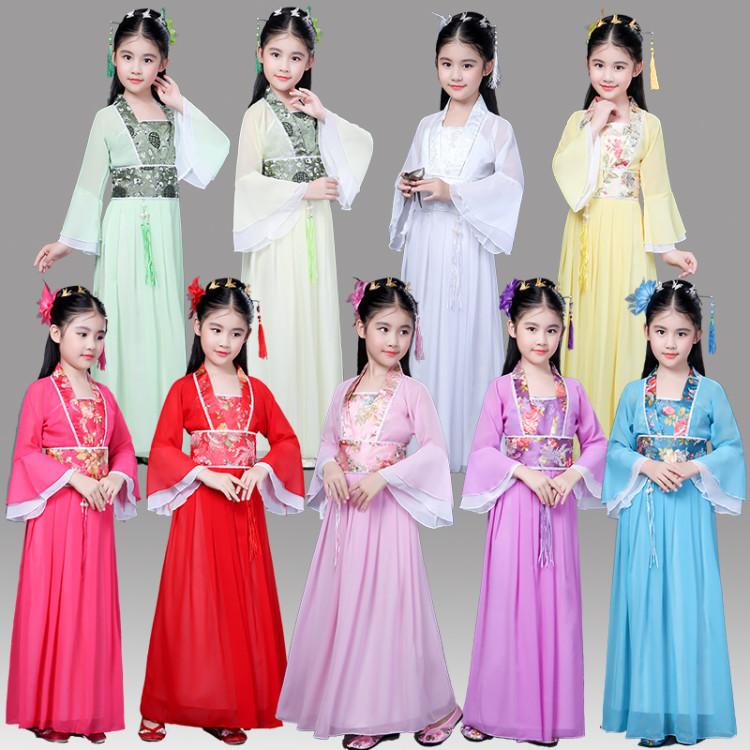
Playing Hide-and-Seek
Hide-and-seek,also known as”zhuoxi”or”cangmeng”,is a most common game for children.The game can be played as long as there are at least two people.It is recorded in the works of Qing Dynasty,”One child is blindfolded with silk before starting to seek others.This is called zhamangmang.”In addition,there are”moxiayu”(seeking blind fish),”xiazimoxiang”(blind men feel an elephant)and many other similar favorite games of children.
It is said that Emperor Xuan Zong of Tang Dynasty is a master-player of hide-and-seek.Inthe reign of Qian Long and Jiang Qing,there was an imperial artist Shen Qinglan,who once produced a painting”Children-Playing”,in which 6 children are playing hide-and-seek.
Rope Skipping
Rope skipping in the Ming and Qing Dynasties was called tiaobaisuo(skipping ropes or skipping white ropes).In the Tang and Song Dynasties,it was recorded that rope skipping was called tousuo(through the rope),tasuo(jumping across the rope)and other names.In the Ming Dynasty,group rope skipping vigorously flourished as one of the Lantern Festival entertainments.Even adults joined the children to take part in this game.In the Qing Dynasty,the ropes used for this game fell into two kinds:a short rope and a long one.The former wasused by one or two persons;the latter by a group of people.While skipping,one often sang or
recited nursery rhymes:”A peace drum sounds rab-a-dub and a white light looks like a turning wheel. One child swings the rope, one sings and one jumps in the turning wheel.”
Shuttlecock Kicking
Shuttlecock kicking is otherwise known as tiyanzi(kicking swallow) or zanhua. Traditional shuttlecock is made of a coin covered in cloth and fitted with cock feathers upward.
In the Northern Dynasty,a Tianzhu(India in ancient Chinese) monk came to Luoyang to emancipate those who had predestined relation with Buddhism. He saw a child standing by a well ring on a very limited space and kicking shuttlecock. The child kicked five hundred rounds at a stretch. This proved that the technique already reached a very high level in the Northern and Southern Dynasties. Till the Tang Dynasty, it became more popular than ever before. It is said that the monks in the Shaolin Temple took it as a supplementary exercise forpractice of martial arts. The imperial concubines were also keen on this game and all practiced and competed with each other.
As for its history, the Southern and the Northern Song Dynasties were an important phase in which its name became fixed and the way of making shuttlecock and its structures were almost identical to those of today. At the same time, many diversified techniques came out, such as walking while kicking, playing with shuttlecock on the knee, the abdomen and thehead. Shuttlecock playing, inferred from research, can at least be traced back to the Han Dynasty two thousand years ago.
